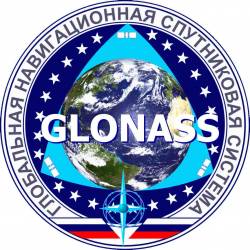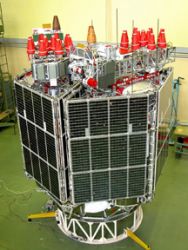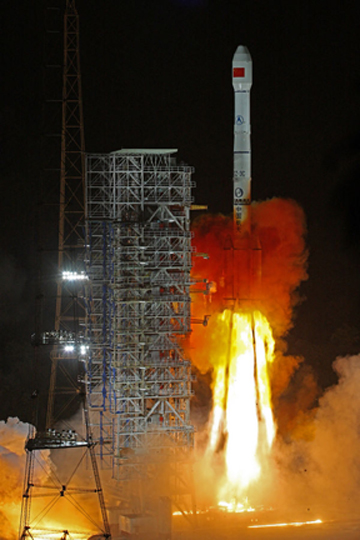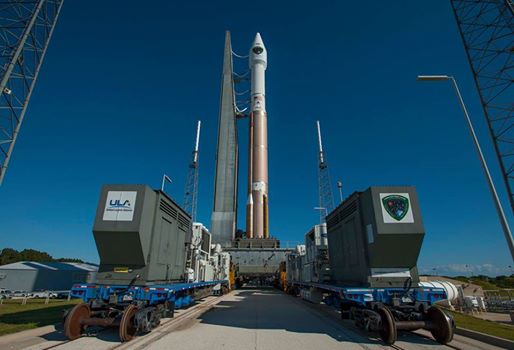
A modernized GLONASS satellite launched on last week has begun its commissioning phase in slot 18 of the Russian GNSS constellations orbital plane 3. It was the first successful GLONASS launch since the loss of three spacecraft in the crash of a Proton rocket last July.
Telemetry communications were established shortly after the GLONASS-M spacecraft (designated GLONASS number 754) reached its orbit following its launch March 23 (2:54 a.m. Moscow time on March 24), from Plesetsk space center on a Soyuz-2.1b rocket.
A modernized GLONASS satellite launched on last week has begun its commissioning phase in slot 18 of the Russian GNSS constellations orbital plane 3. It was the first successful GLONASS launch since the loss of three spacecraft in the crash of a Proton rocket last July.
Telemetry communications were established shortly after the GLONASS-M spacecraft (designated GLONASS number 754) reached its orbit following its launch March 23 (2:54 a.m. Moscow time on March 24), from Plesetsk space center on a Soyuz-2.1b rocket.
GLONASS currently has 24 operational satellites transmitting signals and three on-orbit spares.
According to the satellite’s manufacturer, the JSC Reshetnev Information Satellite Services (JSC Reshetnev ISS), four GLONASS-Ms will be launched this year. Three satellites have already been manufactured and a fourth is undergoing qualification testing. Seven more are in various stages of production at Reshetnev facilities.






